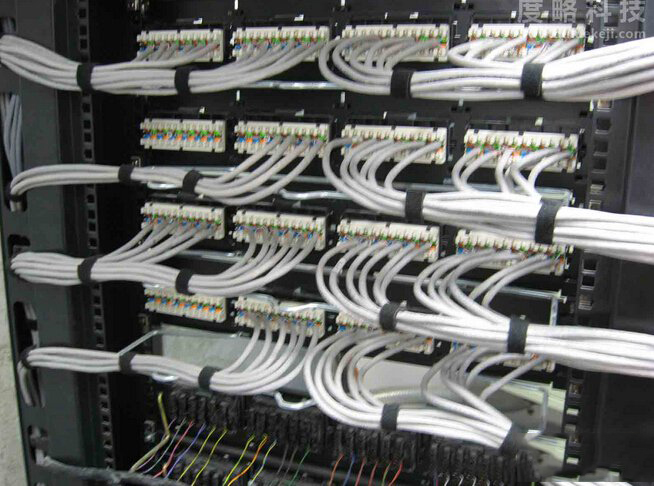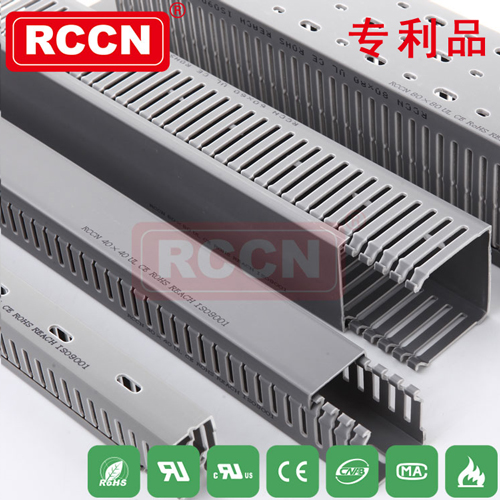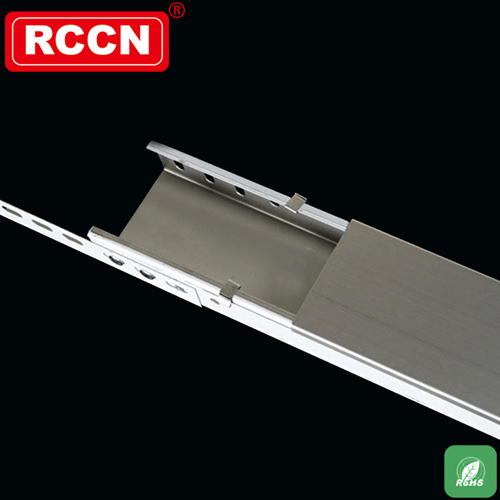Date:2020-10-16 origin:RCCN Visit:13366

This year, the TIA/EIA committee officially released the six types of integrated cabling standards (standard number: ANSI/TIA/EIA-568-B.2-1). Since then, TIA568B has truly become a solution that can fully meet the current network development status and solve network construction. Basic standard set.
Although the development of the network is changing with each passing day, in terms of network construction, when gigabit networks are about to become a general demand for network construction, as the backbone of the network, the introduction of six types of standards can be said to be a timely rain for gigabit networks. The new-generation network of the network of enterprises has laid a solid foundation at the physical level.
The Category 6 cabling system can provide 2.5 times the high-speed bandwidth higher than Category 5 in the transmission rate, and the ACR value is higher than 300% of Category 5 at 100MHz. In terms of construction and installation, Category 6 is much more difficult than Category 5 Super.
The construction personnel of Category 6 wiring system must implement the specifications required by international standards. Because "the more advanced the copper cable is, the more sensitive it is to external anomalies. As the transmission rate increases, the correct installation and construction will have a greater impact on system performance." Unreasonable pipeline design, non-standard installation steps, and inadequate management system will all affect the test results of Category 6 wiring (including physical and electrical performance), and some of them will become difficult to repair, even Re-lay a link to replace.
Since the launch of Category 6 cabling systems, Qiangzhe Networks has accumulated a lot of field construction experience. Qiangzhe Networks Inc. pointed out that enterprises should pay attention to the following six precautions during construction.

Note one
Since the outer diameter of Category 6 cables is thicker than that of general Category 5 cables, in order to avoid cable entanglement (especially at elbows), attention must be paid to the filling degree of the pipe diameter during pipeline design. Generally, the inner diameter of the cable is 20mm. It is advisable to put two Category 6 wires for the tube.
Note 2
The bridge frame is designed reasonably to ensure a proper cable bending radius. When bypassing other cable ducts up, down, left, and right, the turning slope should be gentle. Pay attention to whether the cover can be covered without stressing the cables after the cables at both ends are sag.
Note 3
Pay attention to the tension control during the pay-off process. For cables with reel packaging, it is recommended to arrange at least one worker at each end to put the reel on the self-made draw rod, and the worker at the pay-off end first pulls from the reel box. Take out a part of the cable for the cooperator to extract at the other end of the pipeline. The pre-pulled wire should not be too much to avoid multiple wires from tangling and surrounding on the field.
Note 4
After the wire drawing process is over, the redundant cables left at both ends should be organized and protected. When coiling the wire, follow the original direction of rotation. The diameter of the coil should not be too small. If possible, use waste wire to fix it on the bridge, ceiling or Inside the carton, make a mark to remind other personnel not to move or step on it.
Note 5
When arranging, bundling, and placing cables, the redundant cables should not be too long, the cables should not be subjected to superimposed stress, the coils should be straightened up, and the fixing rope should not be too tight.
Note 6
During the entire construction period, the process flow was notified in time, and the persons in charge of various types of work communicated well, and immediately notified Party A when problems were found, and the tasks of this type of work were completed in time before the start of other follow-up types of work.



















 RCCN WeChat QrCode
RCCN WeChat QrCode Mobile WebSite
Mobile WebSite